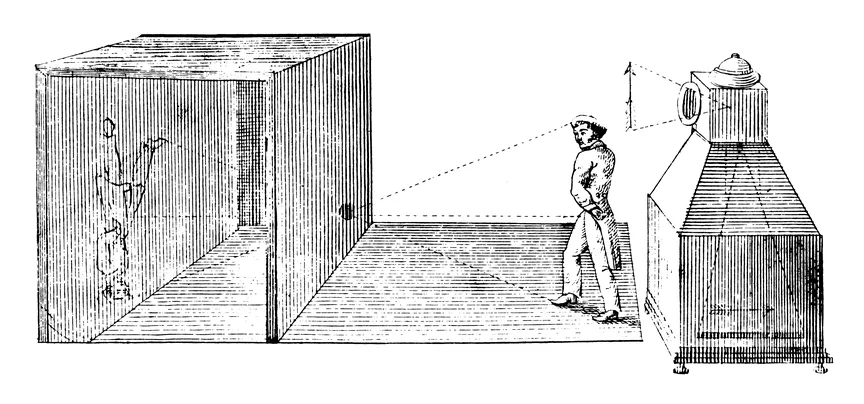To trace or not to trace...
/It seems to be that most artists or illustrators have very vocal opinions when it comes to the taboo subject of tracing and they are not afraid to share them. Some view it as a helpful learning tool and method of convenience whereas others view any tracing in a piece strictly as "cheating".
Tracing or transferring images has a long history within the art world and has been utilised by many influential artists that you may not even realise yet it can still be met with hostility when the subject is discussed.
According to the very heavily debated Hockney / Falco thesis, the vast improvements in realism and accuracy in western art since the Renassaince was most likely due to the use of rudimentary optical instruments such as the camera obscura to allow the tracing of a subject. One of the better known painters who may have used this method is Johannes Vermeer, creator of the famous 'Girl with a Pearl Earring'. Other master painters that have been theorised to have used this method are Rembrandt and Caravaggio.
So is it cheating to trace? In short, it really depends who you ask as to what answer you are going to receive.
To be clear, when I say tracing I am referring to the use of photographic reference images as a basis for a piece of art and transferring those images through the use of a light box or other similar devices, what I am not talking about is tracing another artists piece and calling it your own. Tracing a legally sourced reference photo is a resource, tracing another artists finished illustration and advertising it as your own unique piece is art theft!
On one hand there are many positives to free-handing artwork, it requires the ability to draw what you see which means refining and strengthening your observational skills. When you learn to draw, you learn to observe and translate what you see into lines, shapes, values etc. It can also be argued though, that when you are only using the freehand method you can potentially be reinforcing bad habits as you are drawing what you think you see from a preconceived notion in your brain rather than what is actually there. Tracing as a learning tool can be extremely effective as it combats this and will force your brain to reproduce the subject exactly as it is. For example if you sketch a rose five times you may improve slightly each time and the lines may become more refined however if you trace the image of a rose four times and the fifth time try to freehand the image, nine times out of ten that final drawing will have a much more drastic improvement.
In a professional context many illustrators will often trace their subjects especially if they focus on hyper realistic pieces, the primary reason being:
Time = Money!
Most professional artists need to be able to produce work at a fast past so any tools or methods that do not impact the integrity of the finished product but speed up the work time will be utilised as another resource. It is not to say these artists lack the ability to freehand their pieces only that tracing is a major time saver that does not affect the final outcome of the piece.
In the end to be a well rounded artist it is advantageous to try a variety of different methods to enhance your skills and you should never just rely on one particular tool or one set way of doing anything because you risk your art becoming stagnant when you want to always be aiming for constant improvement. In short you will need to weigh up the pros and cons of tracing yourself to see if it's a method you want to incorporate into your workflow but just because you decide it may not be for you does not mean you should belittle any other artist who does.
I think the art community in general could benefit from just being a little more accepting of the methods artists choose to use, we should be encouraging people to create not tearing them down because they are creating the 'incorrect' way.


